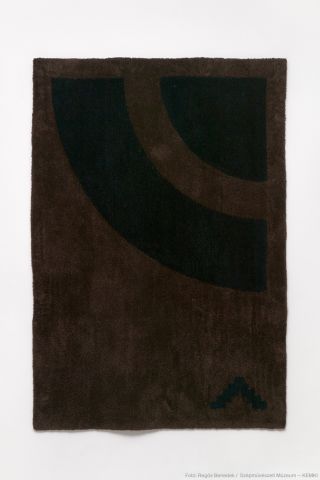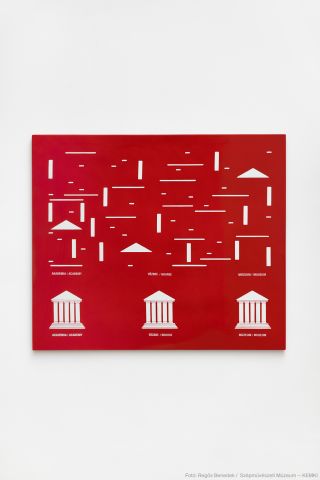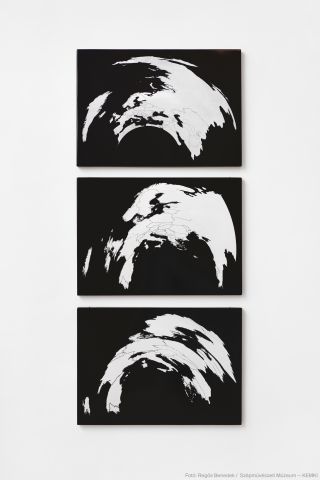‘cult’
ALBERT Ádám: My Appropriations (Mihály Munkácsy), 2022
… somewhere between the form/function of a plaque and a certificate—simultaneously evokes the cult that surrounds the artist and the archives that preserve its memorabilia.
GRÓF Ferenc – GYENES Zsófia: (Dis)organigram – Association of Hungarian Fine and Industrial Artists, 2022
… was appointed by Communist Party leadership, usually from artists who sought to conform to the cultural policy of the time. The new Association’s tasks included organising the first nationwide “socialist realist” art exhibitions, “decentralising” the art scene, organising exhibitions and art events in the countryside, establishing a system of free art schools, and representing the artists who were registered as members in a quasi-union format. Following the 1956 Revolution, the …
GRÓF Ferenc: Academy, Bourse, Museum, 2019–2023
… strength and power—the symbol and “temple” of? What is the underlying software—the financial, cultural or power dynamics—that has the capacity to once again organise the randomly scattered and patterned geometric elements of the blown-up pictograms, into these unified (functioning) structures of identical form, complete with columns resting on the steps and the crowning element of the tympanum?
GRÓF Ferenc: Finding Central Europe, 2023
… over the last 2000 years of human history. Other examples include Greater Europe (within the Culture States project, 2008), with its image of a maximalised area of Europe as dreamed up by irredentist and expansionist sentiments, and Mare Nostrum (2010), which transplants cities of the Mediterranean coast to the Arctic shoreline.
Daguerreotypes in the Collection of KEMKI ADK
… of Hungarian national identity in the nineteenth century Reform era. In addition to its cultural-historical significance, the series is also of significant technical-historical interest because very few verifiable Hungarian daguerreotypes have survived. This series is particularly special because it is the earliest surviving example of documentary photography in Hungary. The daguerreotypes in this series document art objects and the exact date and location of the daguerreotypes of …




